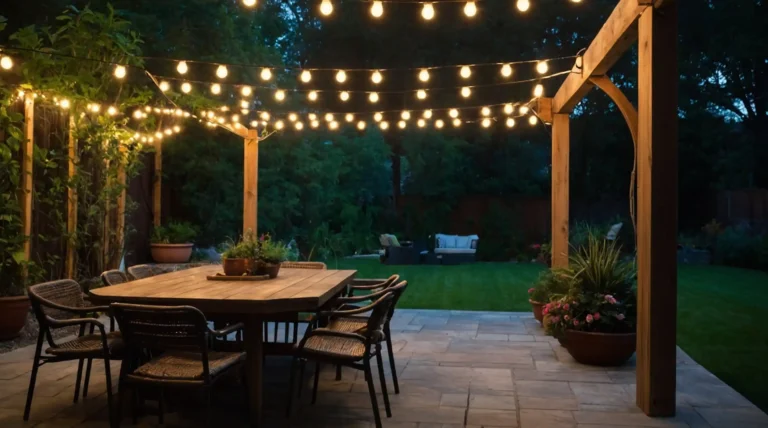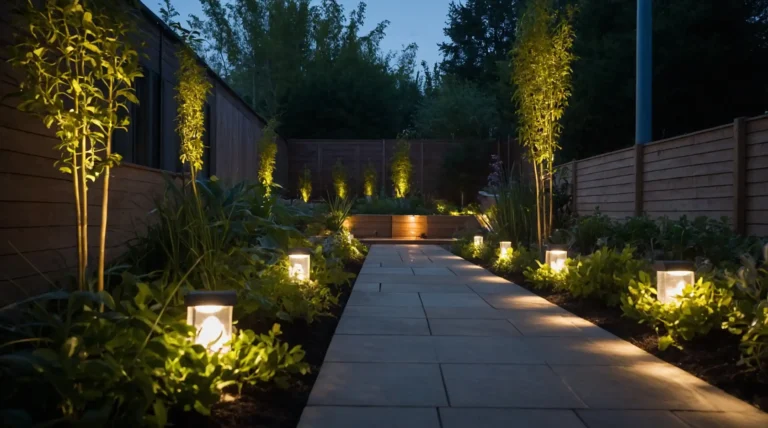17 Shade Garden Design Layout Ideas
Shade gardens offer unique opportunities to create lush, tranquil spaces that showcase stunning foliage and subtle blooms.
You can transform challenging low-light areas into garden showstoppers with smart design strategies.
These layouts maximize beauty while working with natural light conditions.
Your shaded spaces will become favorite retreat areas with thoughtful planning and creative plant combinations.
1: Layered Woodland Design

You’ll mimic natural forest ecosystems by arranging plants in distinct canopy layers from tall shrubs down to ground covers.
This approach creates depth and authentic woodland charm.
The vertical layering maximizes planting space efficiently.
You can combine flowering trees, understory shrubs, perennials, and carpeting plants for year-round interest and natural beauty.
2: Foliage Color Gradients

You can create stunning visual flow using plants with leaves in graduating colors from light to dark or cool to warm tones.
This technique adds sophistication without requiring blooms.
The subtle color transitions guide the eye smoothly through garden spaces.
You’ll appreciate how foliage provides consistent beauty while flowers come and go seasonally.
3: Curved Pathway Systems

You’ll enhance mystery and exploration with meandering walkways that disappear behind plantings and curve around shade garden features.
Gentle curves feel more natural than straight lines.
The flowing paths encourage slow movement and discovery.
You can use mulch, stepping stones, or gravel to create comfortable walking surfaces that complement your planting style.
4: Mixed Texture Combinations

You can add visual interest by combining plants with contrasting leaf shapes, sizes, and surface textures throughout your shade garden layout.
Bold hostas pair beautifully with delicate ferns.
The textural variety prevents monotony in low-light conditions.
You’ll create dynamic compositions that remain engaging even when most plants aren’t flowering during different seasons.
5: Vertical Growing Structures
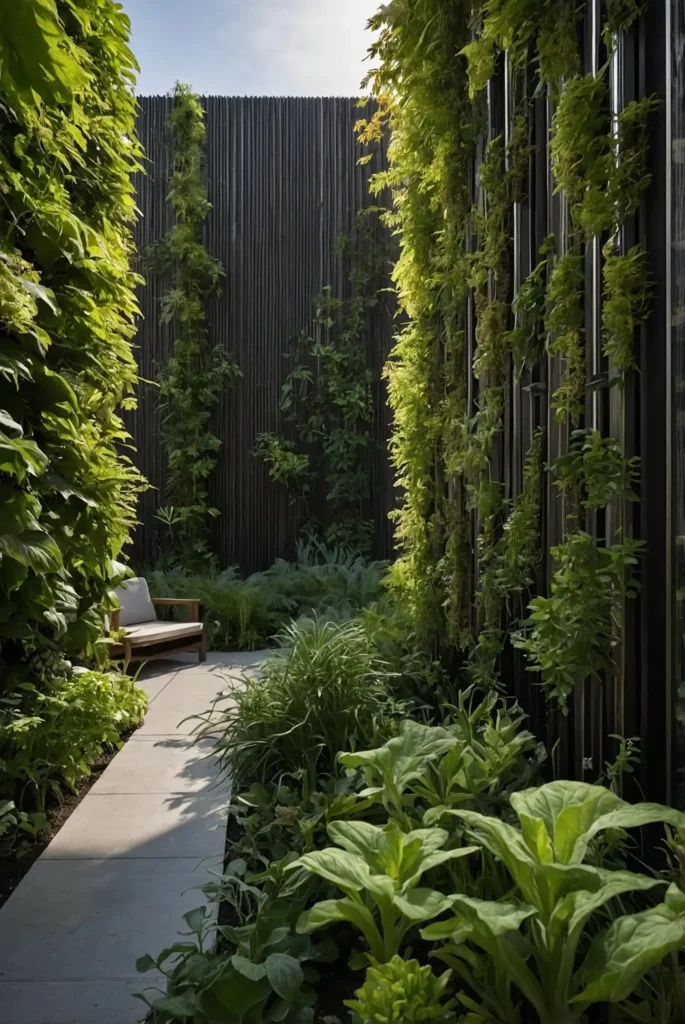
You’ll maximize limited space with trellises, arbors, and pergolas that support climbing shade plants like clematis, climbing hydrangea, or hardy kiwi vines overhead.
The vertical elements add height and architectural interest.
You can create intimate spaces underneath while providing growing opportunities for vines that might otherwise lack support.
6: Water Feature Integration
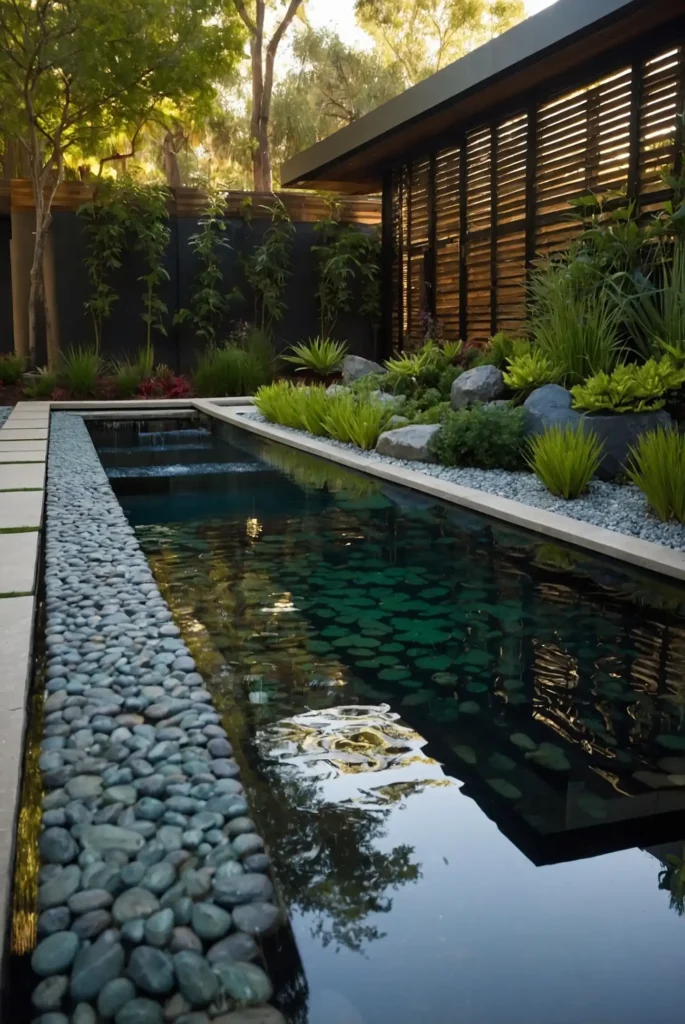
You can enhance tranquil shade garden atmospheres with fountains, small ponds, or bubbling rocks that add soothing sounds and attract beneficial wildlife to your space.
The moving water creates focal points and reflects available light.
You’ll appreciate how water features cool surrounding air while providing drinking spots for birds and pollinators.
7: Seasonal Interest Planning

You’ll ensure year-round beauty by selecting plants that provide different seasonal highlights from spring ephemeral flowers to colorful autumn foliage and interesting winter bark textures.
The succession planting prevents boring periods in your garden.
You can plan blooming sequences and foliage changes that keep your shade garden attractive throughout all seasons.
8: Ground Cover Carpets

You can suppress weeds while creating unified garden floors using spreading plants like pachysandra, ajuga, or wild ginger that form attractive living carpets.
The continuous coverage eliminates maintenance while adding beauty.
You’ll love having attractive alternatives to grass that thrive in challenging shade conditions where lawns struggle.
9: Container Garden Groupings

You’ll add flexibility and instant color with strategic arrangements of potted shade plants that can be moved seasonally or rearranged for different design effects.
The portable gardens adapt to changing light conditions.
You can experiment with plant combinations and create focal points that change throughout the growing season as needed.
10: Architectural Plant Forms
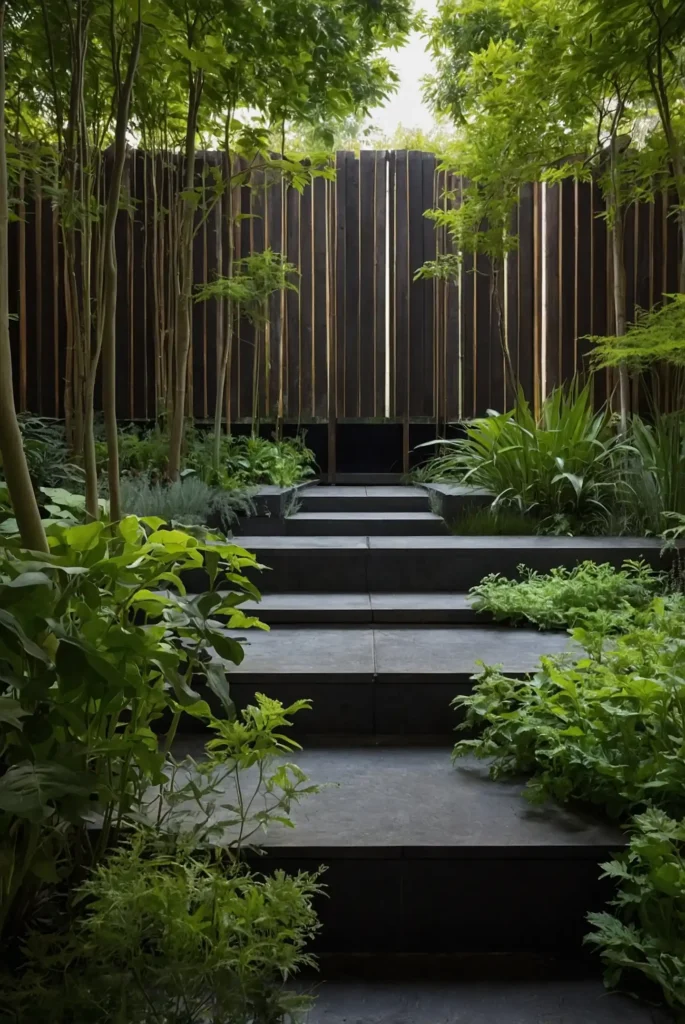
You can create structure and focal points using plants with distinctive shapes like columnar evergreens, weeping forms, or bold architectural perennials that provide year-round interest.
The strong forms anchor garden compositions effectively.
You’ll appreciate having plants that maintain their shape and presence even when surrounding flowers finish blooming.
11: Fragrant Shade Selections
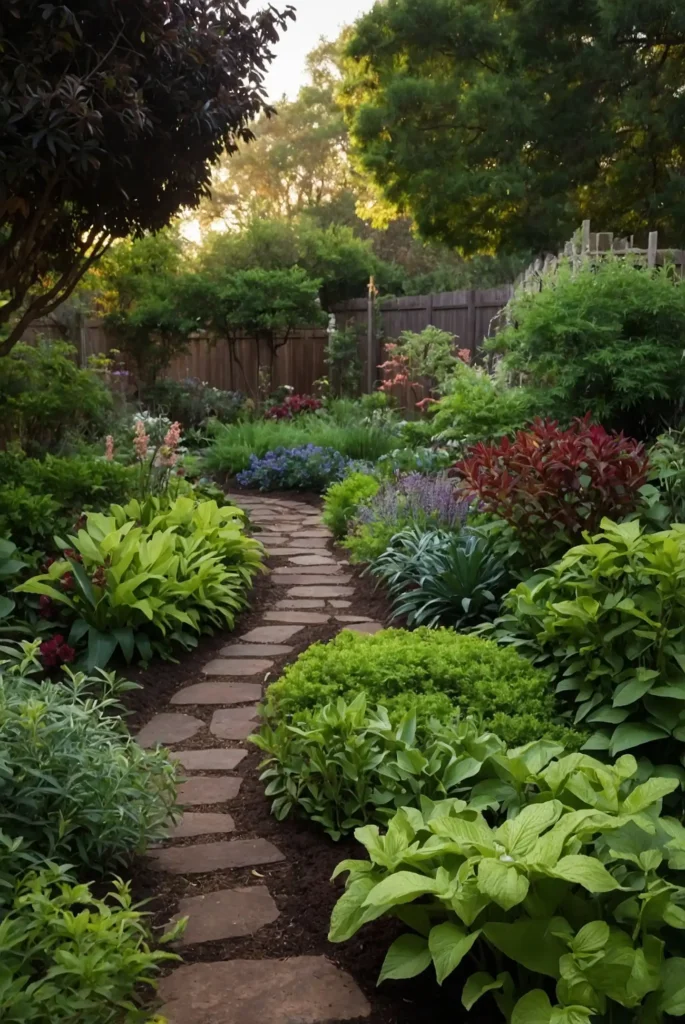
You’ll engage multiple senses by incorporating aromatic plants like sweet woodruff, lily of the valley, or fragrant hostas that add delightful scents to shaded areas.
The unexpected fragrances enhance garden enjoyment significantly.
You can position scented plants near seating areas or pathways where people will encounter the pleasant aromas naturally.
12: Native Plant Communities

You can create sustainable, low-maintenance gardens using indigenous shade plants that naturally grow together in your region’s woodland ecosystems and support local wildlife.
The native approach requires less water and fertilizer.
You’ll attract birds, butterflies, and beneficial insects while creating authentic regional character in your landscape design.
13: Edible Shade Gardens
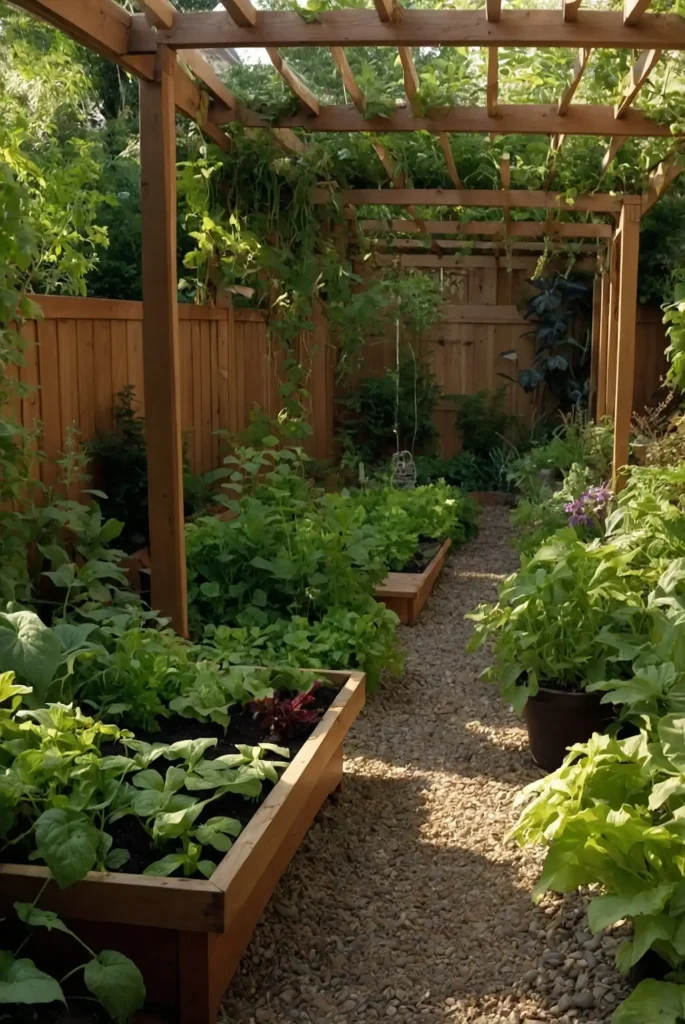
You’ll combine beauty with functionality by incorporating shade-tolerant edibles like leafy greens, herbs, and berry bushes that produce food while looking attractive.
The productive landscape serves multiple purposes efficiently.
You can harvest fresh ingredients while enjoying ornamental garden beauty in areas where traditional vegetables won’t grow.
14: Rock Garden Elements

You can add permanent structure and drainage solutions using strategically placed stones, boulders, or dry-stacked walls that create planting pockets for specialized shade plants.
The mineral elements provide textural contrast against soft foliage.
You’ll create interesting microclimates and growing conditions that suit different plant preferences and requirements.
15: Moss and Fern Combinations

You’ll achieve serene, ancient-looking areas by pairing various moss species with native ferns in naturally moist, shaded locations that feel like magical forest floors.
The primitive plants require minimal maintenance once established.
You can create peaceful retreats that evoke timeless woodland settings while solving challenging growing conditions.
16: Border Layering Techniques

You can design sophisticated planting schemes using traditional perennial border principles adapted for shade with careful attention to plant heights, bloom times, and foliage colors.
The structured approach creates polished, intentional-looking gardens.
You’ll achieve professional results by planning plant placement according to mature sizes and seasonal performance characteristics.
17: Wildlife Habitat Zones

You’ll support local ecosystems by creating dedicated areas with native plants, water sources, and shelter that attract birds, beneficial insects, and small wildlife to your garden.
The habitat approach connects your garden to larger natural systems.
You can enjoy watching wildlife while contributing to conservation efforts and creating dynamic, living landscapes.
Conclusion
Your shade garden transforms into a sophisticated retreat with these design strategies that maximize beauty while embracing natural light conditions.


